Mercedes thinks about the return of their iconic inline motors: what’s the advantage?
The return of the iconic inline six-cylinder engines Mercedes
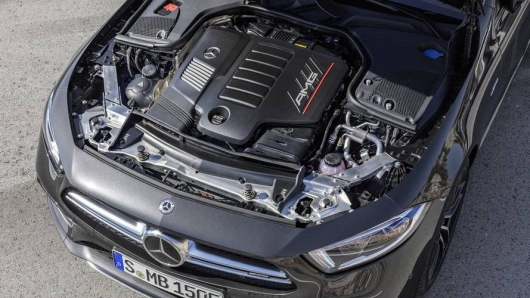
The legendary line of six-cylinder engines from Mercedes-Benz last year got a new model under the symbol M256. The unit turned out in many ways unique, because it continues one of the longest-running lines of six-cylinder inline power units, while simultaneously introducing a number of technical innovations is absolutely not peculiar to such motors in the past. The company wants to revive a line of inline engines? It looks like it.
Once, inline-six was the chassis, the dominant engine design in the Western hemisphere. Jaguar put them to their best models, Jeep “built” and secured to them their reputation in the second half of the 20th century. The same can be said about Mercedes-Benz. Inline six-cylinder petrol engines were good specimens
We all used to think that in the United States was dominated by eight-cylinder engines, this cannot be the whole truth, because in the recent past, almost every mediocre family car and a pickup trucks were equipped with only standard motor – “inline six-cylinder”.
Then came the hard times, has begun expansion V6. For many years the V-shaped sixes replaced the inline motors, it seemed a little more and the whole structure will be forgotten. But I guess that’s not happening, Mercedes – Benz has made a resurrection. He returned to row six as a new version of the engine under internal number M256. The purpose of the newly invented “wheels” obvious replacement and displacement of the greater part of the powertrain the V6 from the line. About it a few years ago declared themselves the representatives of Mercedes-Benz. But one question: “Why should they?”
Whether Mercedes to revive the old range of engines?
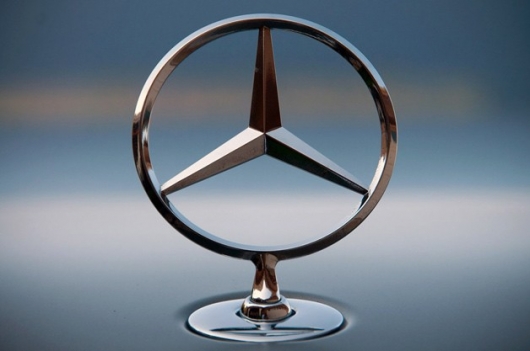
One of the main disadvantages of modern automobile engines are: the difficulty of production, complexity of design, low reliability and high cost. All these drawbacks are fully characterized by V-shaped standard including produced by the company from Stuttgart.
In the end, understanding that you need some way to fight for the increased availability of vehicles with big and powerful engines, has prompted management of Daimler AG to risky at first glance step – development of a modern inline six-cylinder motor. The low development costs of the engine, and not inherent in linear motor smooth operation, gave the old design a reprieve from final destruction.
If the interest of Mercedes to this type of motor will not weaken, but the demand is stable or growing, this could be the beginning of the return of the power unit.
Where are all inline motors?
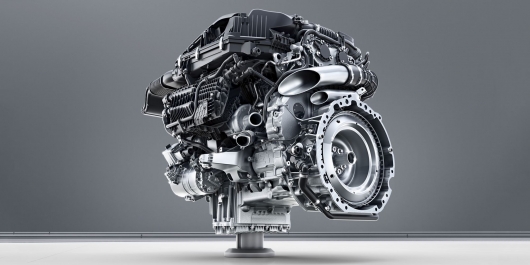
“Row” means the arrangement of cylinders in the engine block – they are, respectively, located one after another in a row, and six – as you can guess is their numbers.
Initially, Mercedes has mastered the production of its inline six-cylinder lineup of engines in 1924, and continued to make them until 1943, until the war started to suck all the juice out of the axis, and somehow was not up to the production of engines.
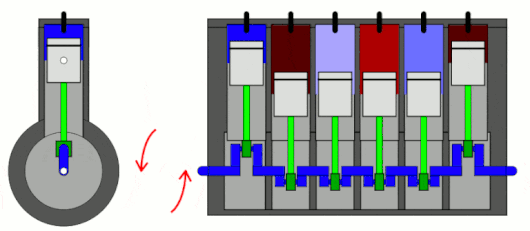
After eight years, from 1951 to 1998 Mercedes continued to do different types of inline motors. A distinctive feature was that in this period there was always at least one inline six-cylinder engine model. Twenty years ago, this tradition finally gone. It is noteworthy that in Germany this type of motor have lasted longer than in other countries of the West, which had its own auto industry.
Other automakers are dispersed on opposite sides of the six cylinders. In Europe and Japan went through the decrease of their number, gradually decreasing to four, eventually adding power using turbines.
In USA, powerful V8 took precedence over practical and relatively economical “six”. From the 1950s to the 1970s years in the United States, the cars were monumentally huge, gas was cheap, and therefore no obstacles for V-shaped engines it was not, as there was no room in the competition.
Over time, inline-powertrains in the US was conquered niche – cars entry-level, but they have not lasted as long as they re-replaced the “V”-type engines.
Why did this happen? The fact is that cars have become more compact, their hoods have also become smaller, but the crumple zones and a number of electronics, on the contrary, in modern cars was more. All this takes place, then you need a more compact engines – V6 suited for this could not be better, because they were shorter on one cylinder in relation to its series “the associates”, but with the cost cheaper than their older brothers – V8.
Why Mercedes started to revive in-line type engines? And what is its uniqueness?
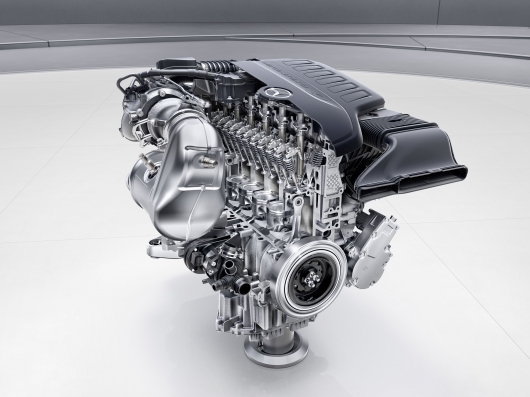
Short hoods are still a problem, but Mercedes has a few technical tricks that helped to reduce the engine “M256” enough to “push” it into today’s “snub-nosed” cars.
On a conventional engine, as is known, the engine power drives all mounted equipment: power steering, generator, pump and compressor air conditioning system. All this stuff is driven through a system of belts and pulleys located in the front of the engine. All this is piling up a lot of valuable space in between the engine and the radiator grille.
“M256″the engine went from the standard system. Instead, all the accessories is driven by an electric 48-volt system, which received the brand name “Integrated Starter-Alternator (ISG)” in which the starter and generator are combined in a single unit.
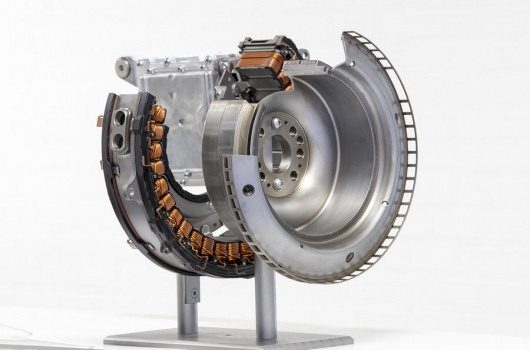
Technology feature ISG (motor, located between the crankshaft and transmission)
This approach made the motor more compact, but in addition, ISG technology has also improved the productivity of relatively small-volume engine and not the last role was played by the technology called “intelligent boost” with self-contained electric turbocharger and an electric motor which works in conjunction with the main conventional turbine that is installed on CLS53.
Depending on the situation and requirements, the compressor may help to spin a turbine or to give the primary impulse to start the motor. The intelligent combination minimizes turbo pit that you usually feel between pressing the gas pedal and the moment to increase capacity. That is, when needed, the electric motor works as a starter helps the engine to achieve maximum torque at the beginning of the acceleration that gives the car maximum traction at low revs.
So, from a technical point of view is a truly amazing unit. However, its uniqueness lies not only in the technologies used. This is a unique design with receding into the past roots. When a compact V6 for 20 years, replaced the inline motors, Mercedes, despite stopping production of the latest simultaneously with the retirement of limousine W140 S-Class in 1998, broke up with the understanding of the historical context, and not afraid to say historical responsibility in the preservation of more simple and rugged version power units.
The only competitor who didn’t break up with the row concept was the company BMW. All the other manufacturers of the Top 10 or had ceased attempts to build volumetric inline engines, or starting to do them fast enough to stop. Among them we can mention:
Jeep with its 4.0-litre I6, which he left after 2006 in favor of a V6.
General Motors, which has created a unique and first of its inline six-cylinder engine in 2002, as part of a new engine family Atlas. The engine lasted until 2012.
Smaller engine, more power
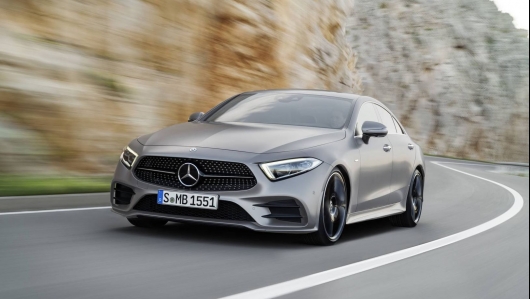
Modern six-cylinder engines are essentially derived from the engine with a different volume because they are designed in such a way that you can easily add or remove cylinders to an existing design. So, muscular V8 could be trimmed to V6 or lean “I4” (inline-four) can add some muscle and become a version with six cylinders – I6. For example, powertrain General Motors Vortec V6 in fact it is just a “cropped” part of the V8 unit. This approach avoids redundant design and, more importantly, additional costs.
Thus, instead of designing from scratch a new V6 to replace the outdated V6, Mercedes has created a modular engine family that is based on half-liter cylinders, which can be embedded in a 2.0-liter “four” (M254) and 3.0-liter six-cylinder unit (M256).
By the way, for those who think that the engine M256 be deprived of power: he has 362 horsepower and 500 Nm of torque in the model CLS45 and 429 horsepower with 520 Nm of torque in CLS53 are the indicators of a modern V8!
This approach can give new life to “radnika”. By the way, Jaguar and Land Rover, owned by Indian Tata Motors Limited, currently jointly developing its new six-cylinder engine and it also will not format V6. The reasons are the same as that of the Mercedes.
The return of Mercedes to its roots as a company car with a prevailing number of six-cylinder inline engines is more than a preliminary step. The automaker has invested a significant amount of money in a brand new family of powertrains, so it is very unlikely that these investments were made without regard to long term period. So at the moment, “row six” is not going to go anywhere, on the contrary, she is ready to fight for a place under the Sun!
